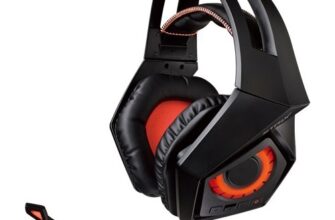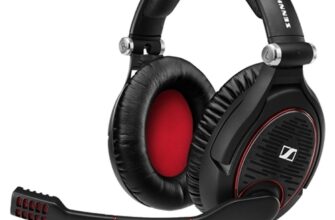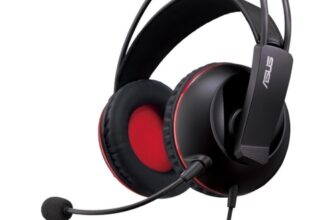The performance of the cooling system affects not only the performance, but also the performance of the computer.
How to choose a CPU cooler: what to look for
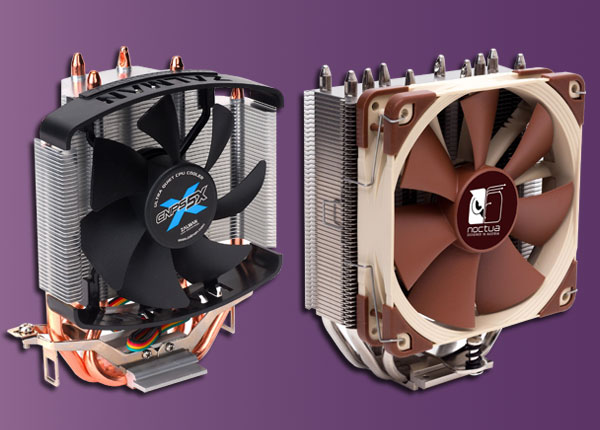
When choosing a cooler for a processor, you should pay attention to the following parameters:
-
Processor socket;
-
Heat dissipation of the processor;
-
Radiator design;
-
Number of heat pipes;
-
Radiator base material;
-
Fan characteristics.
Many processors that come with the BOX package already have a cooler in their package. However, its capacity is not sufficient for good cooling. It is advisable to use a stock cooler only for not very productive processors with a heat dissipation (TDP) of 60 W or less.
Processor socket

The processor socket type determines the design of the heat sink socket – including the location of the holes on the motherboard. Therefore, when buying a new cooling system, it is worth making sure that it is fully compatible with the used chip.
Usually, information about sockets is indicated directly on the packaging and in the technical characteristics of the radiator.
Heat dissipation of the processor
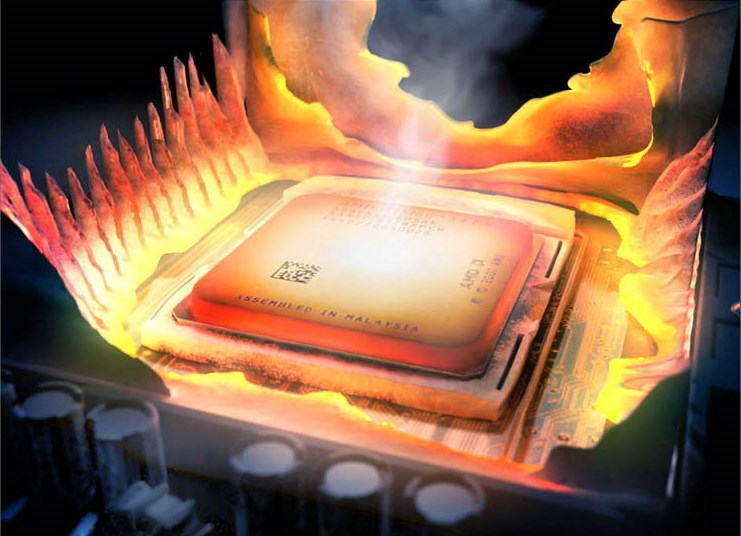
The cooling system must be powerful enough to keep the processor operating in its normal temperature range, even under heavy load. And since the intensity of heating a chip directly depends on its power, when choosing a cooler, you need to pay attention to the value of the maximum power dissipated by it.
In this case, it is desirable that the maximum power dissipation, which is measured in watts, was greater than the heat dissipation (TDP) of the processor. In this case, even if the cooler gets clogged with dust, it will not reduce the performance and longevity of the chip.
Almost all modern processors Intel (including i3, i5 and i7) and AMD operate in one of three power options – 60, 95 or 125W. This parameter is what you need to build on when choosing a cooler.
Radiator design
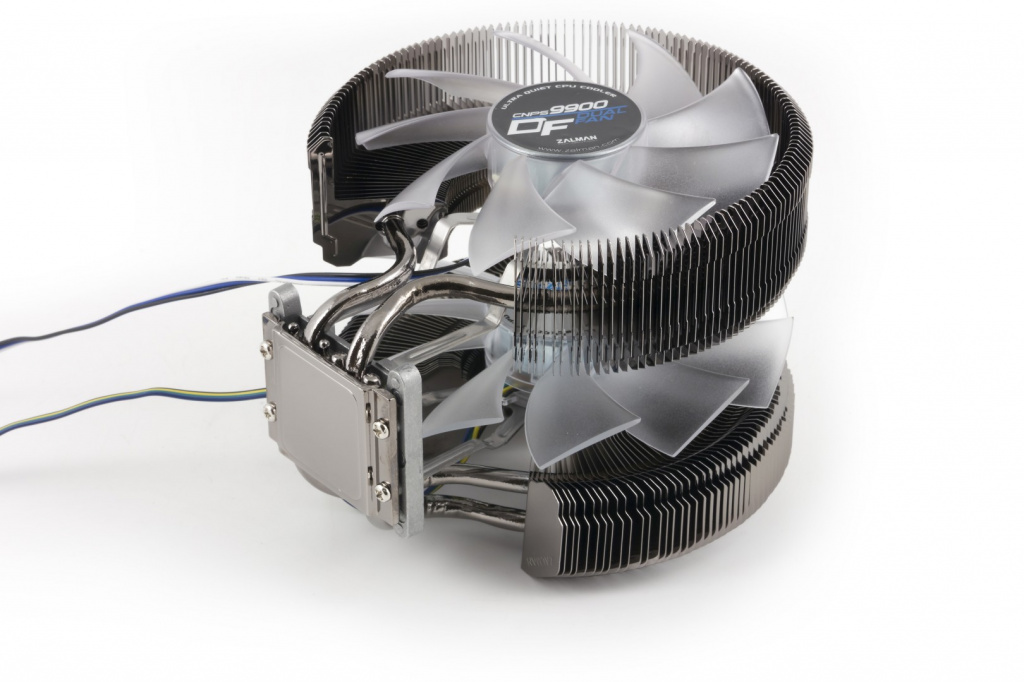
Radiators in modern cooling systems are presented in the following designs:
-
Aluminum structure. Such heatsinks are the cheapest, but due to the low thermal conductivity of the material, they are not suitable for powerful processors;
-
Stacked aluminum or copper plates. Radiators of this design are quite effective for most processors of low or medium power, but now they are practically not found, since they require high fan performance;
-
Horizontal radiators with heat pipes (thick copper tubes). They are most efficient at removing heat from the processors and therefore can be used even in high-power systems. However, they have a drawback – due to the horizontal placement of the fan, hot air is directed to the motherboard, which can lead to its damage;
-
Vertical radiators in heat pipes. Such heatsinks are best suited for high-power processors (for example, the most powerful gaming chip of 2017 Intel Core i7-7700K). The disadvantage of this design is its bulkiness – it is very high, so it may not fit into a standard case.
Thus, for low-power processors, aluminum heatsinks or models made of stacked plates are suitable, for medium-power ones – horizontal with heat pipes, for high-power ones – vertical ones with heat pipes.
Number of heat pipes
In vertical and horizontal coolers with heat pipes, copper pipes are designed to dissipate high temperatures from the processor surface. And the more there are, the more efficiently the cooling system works. Nevertheless, an increase in the number of heat pipes leads to an increase in the cost of the cooler.
For mid-range processors (such as i3 and i5, and similar ones from AMD), coolers with two heat pipes are suitable. Higher performance chips (i7, AMD Ryzen 7) require triple tube configurations.
Radiator base material
Radiator bases are of two types – solid and through. They differ in the area of the contact area and the features of the placement of the plates. Radiators with a solid base have a large contact area, and all the plates are located directly above it, not protruding anywhere in the horizontal plane. The through base is equipped with a small plate, and the plates fit to it from all sides.
Solid base heatsinks are preferred because they are easier to clean from dust and have a larger contact area with the processor case.
The base can be made of aluminum, have a copper insert, or a complex structure with contacts for heat pipes.
Coolers with aluminum base are only suitable for low-power processors. Heatsinks, which are equipped with a copper plate, cope with the cooling task a little better – but they are also undesirable to use with high-performance processors. For chips of the level Intel Core i7 or AMD Ryzen 7, coolers are better suited in which 'direct contact' is implemented – when the basis of heat conductors is brought out to the contact pad.
Fan characteristics
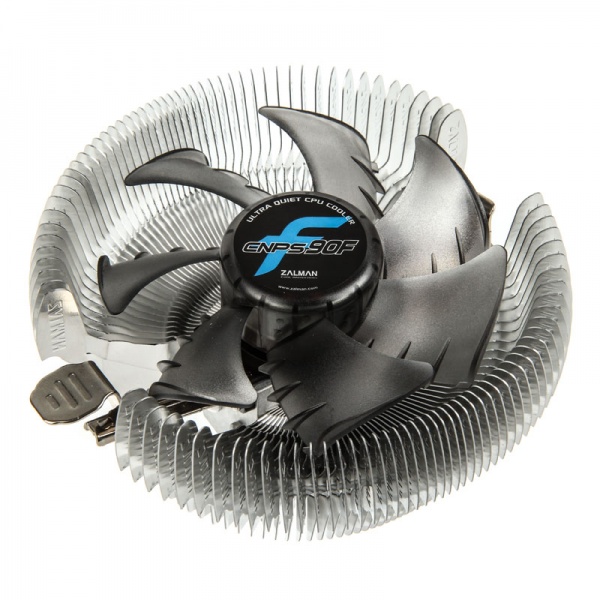
The most important characteristics of the fan are:
-
The size. The bigger, the better. And quieter;
-
Bearing. The most optimal are hydrodynamic and ball;
-
Turnovers. Better a large cooler with 1500 rpm than a small one with 4000;
-
Built-in speed controller (PWM). Great, but only if the motherboard also supports PWM;
-
Number of contacts. If the motherboard has a 4-pin connector for a cooler, you should take just such a fan;
-
Noise level. Less is better. Quiet fans include 25 dB fans;
-
Air flow rate (CFM). For powerful processors, more is better.
Manufacturers
Top cooling brands include CoolerMaster, Deepcool and Thermalright. However, their coolers are relatively expensive.
!
In the following articles, our experts will tell you how to choose the right processor for your computer and the secrets of choosing a processor Intel.
Attention! This material is the subjective opinion of the authors of the project and is not a purchase guide.


